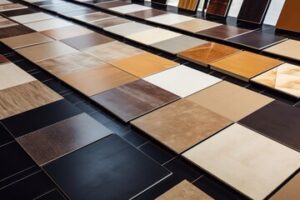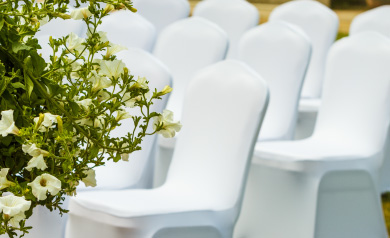Poker is a fun game, but it can also be quite a dangerous one. Players should only gamble with money they can afford to lose. They should also track their wins and losses. To learn more about Lezioni Di Poker keep reading the article below.

Observe experienced poker players and study their gameplay. This will help you build good instincts and become a better player.
Poker is a game of chance, but it can also involve a lot of skill. It is important to understand the basic rules of poker before you play, especially if you are a beginner. The easiest way to do this is to start with the most popular poker variant, Texas Hold’em. Then, move on to other games such as Omaha or 7-card stud.
The basic rules of poker are the same in all variations, but there are some differences between them. The most important difference is how betting works in each game. In most games, players place chips into a pot before the hand is dealt. The amount of money in the pot determines how much a player can bet.
You can bet in a number of ways, including calling another player’s bet or raising your own. It is important to pay attention to other players to pick up clues about how they are betting and how you should respond. It is also helpful to observe experienced players, and think about how you would react in their position. This will help you develop good instincts in the game. This will help you win more often! The best hand in poker is the Royal Flush, consisting of five cards of the same suit ranked ace through ten.
Variations
While most poker games fall into one of the categories listed above, there are some that have characteristics of more than one. This makes it important to understand the differences between poker variants when learning to play them.
For example, Pineapple poker falls into the draw family of games and has similar features to other draw poker variants. However, it is quite unique because it uses a different hand ranking system than other poker variants. This means that being adept in one form of poker will not automatically translate to understanding Badugi.
Many home poker players like to be creative and invent their own poker variants. Some of these new games catch on and become popular, while others remain largely unknown. Some of these invented poker variants are also used in tournament play, but most of them will likely never reach the heyday of Texas Hold’em or Omaha. Nevertheless, some of these new poker variants could be worth trying, especially for those who are interested in developing a strong winning strategy for the game.
Betting intervals
A poker betting interval is a period of time in which one player, as designated by the rules of the particular game variant being played, makes a bet. Each player in turn must either call the bet by putting into the pot the same number of chips as the player before him, raise it by making a bet that exceeds the previous bet, or drop. The player who puts the most chips into the pot wins the poker hand.
The ability to calculate poker odds is an important part of the game, allowing players to make sound decisions in each betting interval. Knowing the odds of different poker hands will help you decide when to call, raise, or fold. Poker probability involves the mathematical analysis of events’ likelihood, and it can be a complex subject.
Bluffing
Using bluffing to win poker hands is a key part of being a winning player. It can be difficult, but it is a necessary skill. The best players learn how to bluff by trial and error. They try out different ways to make their opponent believe they have a good hand and then see how often they are successful. This is how they become more effective bluffers, and it’s also how they develop a strategy that works in the long run.
A successful bluff requires a lot of skill and practice. First, you need to know what type of tells your opponent is likely to give off. These can be subtle, but can make or break your bluffing success. For example, many players cover their face while they are bluffing. This is a good sign that they are probably not very good at hiding their emotions.
Another important factor is to understand how your opponent’s betting patterns can influence the decisions you make. You should be able to read your opponent’s preflop tendencies, which can be done through things like VPIP and PFR stats on a HUD. This will help you determine how often you should bluff, and what kind of bluffs are best.
It is also important to consider how your opponents’ hands might improve over the course of a flop. For example, suited connectors have decent equity against a variety of hands on the flop, so they can be used as a bluff early in the hand. However, they will have less and less equity as the hand progresses, so they should be bluffed with less frequency on later streets.
Finally, it’s important to consider your table image when making a bluff. If you are perceived as a tight player, your opponents will be more likely to assume that your bluffs are representing strength, and they’ll be more likely to call. On the other hand, if you’re seen as a wildman who throws chips around the table like a drunken sailor, your bluffs will be more likely to fail.


